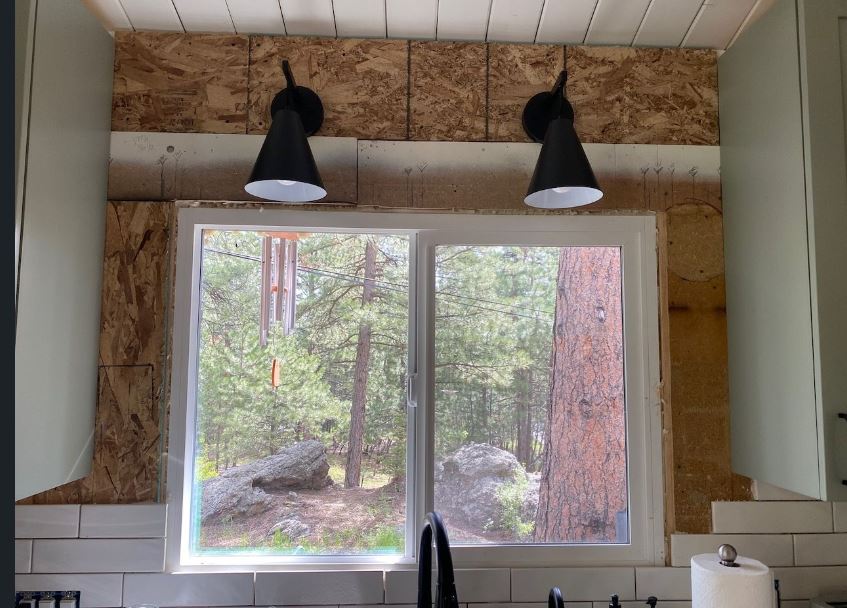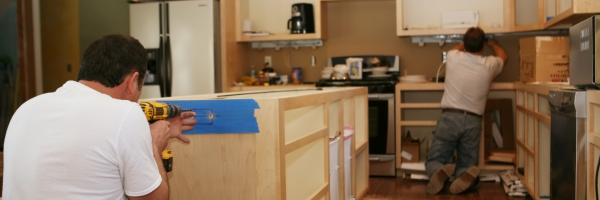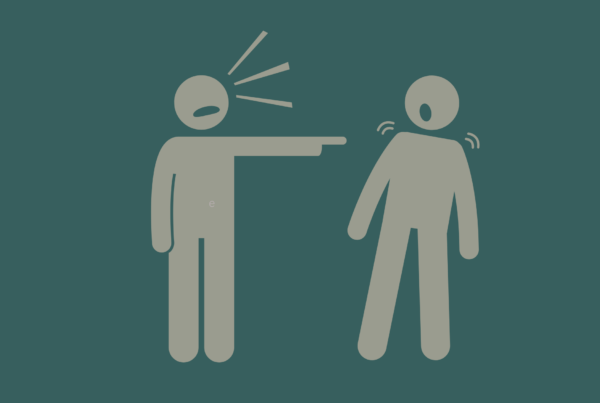If work isn’t getting done on your team, it’s time to take a look at how you’re leveraging your team’s strengths. Of course, that requires that you know your people and what your strengths are.
When you do, your team is more engaged and sh*t gets done.
This picture is the wall in my kitchen, part of our never-ending remodel.

Our contractor, Richard, is a great guy. Slow, but on the quality-cost-speed triangle, we got quality and cost.
However, he’s procrastinating on the tile work.
He started the backsplash 2 months ago. It hasn’t been touched since.
He found all the other things to work on, what he enjoys and is good at. Electrical. Plumbing. Trim.
Now he’s moved on to the smaller stuff. The punch list.
Meanwhile, this backsplash sits unfinished, and the last major work he needs to do.
I stare at this wall and ponder why he’s procrastinated on it. I figure it’s because he either:
- Doesn’t like to do it and doesn’t really want to;
- Isn’t skilled in it and is afraid he’ll mess it up; and/or
- Will struggle because he has a shoulder injury.
Whatever the answer, he probably should have recognized the issue and subbed it out.
Not so different from effectively leading your team.
When you have a highly effective team, the leader knows the strengths and preferences of each person. Work is delegated accordingly and with consideration for leveraging existing skills and building new ones.
If you have someone on the team who isn’t getting something done, it’s time to get curious about why and ask if they:
- Don’t like the work.
- Don’t know how to do the work.
- Have something else impeding their ability to get the work done.
The leader shouldn’t be the only one getting curious. Team members should feel comfortable holding each other accountable and providing support.
Of course, for all of this to happen, you need relationships and trust, both between the leader and each individual and across the team. And that takes time and intention.
So leaders, if you want to avoid the metaphorical half-finished tile wall:
- Get to know your people, their strengths and preferences and how best to leverage them.
- If something isn’t getting done, get curious about why. Don’t assume.
- Provide coaching or support depending on the reason(s).
And give your team the time and space to build relationships and trust, to understand each other’s strengths and gaps. Then you’re not the only person playing this role, and that brings ease into your leadership.
Net? Your team is more engaged, and they get sh*t done.
Need help with your team? Let’s talk. Learn more about the benefits of executive coaching here.
PS – No, I haven’t asked Richard why he’s procrastinating on the tile work. I’m operating as a curious observer in this human experiment, and pondering how closely it reflects poor execution in teams.
PPS – If you’re ready to build cohesion, trust, and enhanced leadership capability on your team so that they move forward faster, let’s connect and discuss how I approach this work with teams.









Recent Comments